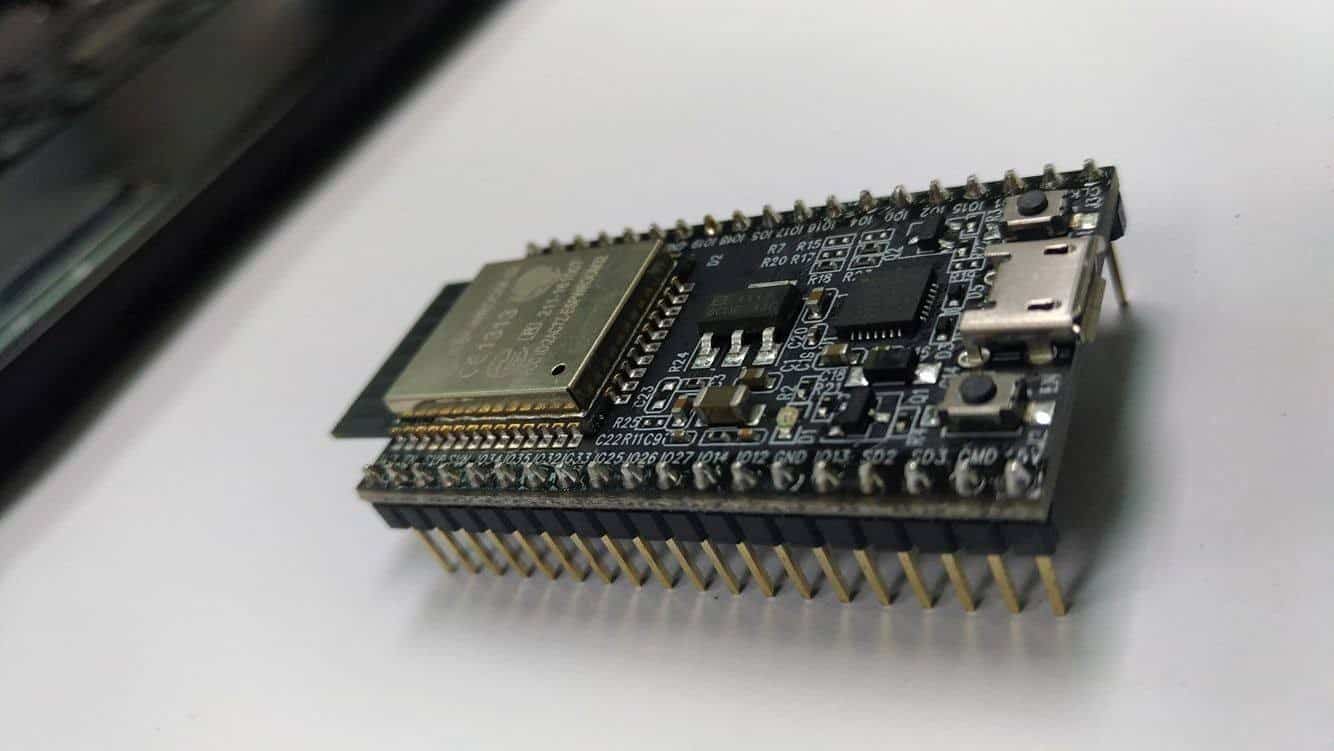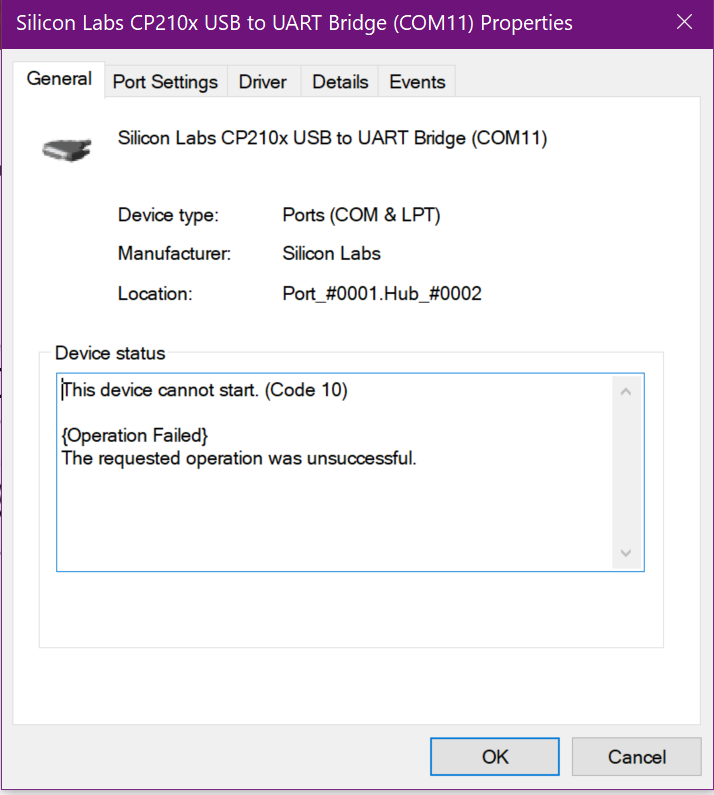

- #Esp32 dev board driver cp210x usb to uart download how to
- #Esp32 dev board driver cp210x usb to uart download install
- #Esp32 dev board driver cp210x usb to uart download serial
- #Esp32 dev board driver cp210x usb to uart download drivers
When you see the blank screen, hit Enter and you should be able to get the REPL prompt.

Screen -port /dev/tty.SLAB_USBtoUART 115200Īfter you ran this command, you may find a blank screen.
#Esp32 dev board driver cp210x usb to uart download serial
When MicroPython is correctly installed, we will be able to access the REPL over serial with a terminal emulator program.įor example, you can use the screen command if you are running macOS: So how can we know if MicroPython is correctly installed on our ESP32 development board? Verifying your MicroPython setup on your ESP32 development board When the command completes, you will be able to run Python codes on your ESP32 board via MicroPython. Getting the MicroPython binary onto your ESP32 development boardĪt this point in time, you will have the necessary tools to get MicroPython onto your ESP32 development board.įirst, erase everything from your ESP32 board's flash with the following command:Įsptool.py -chip esp32 -port /dev/tty.SLAB_USBtoUART erase_flashĪfter the flash is erased, run the following command to put the MicroPython binary that you have downloaded onto your board:Įsptool.py -chip esp32 -port /dev/tty.SLAB_USBtoUART -baud 460800 write_flash -z 0x1000 ~/micropython/images/ When you do so, you will see the help menu in the output.
#Esp32 dev board driver cp210x usb to uart download install
When the virtual environment is activated, I then install esptool with the following command:Īfter the pip installation completes, we will be able to use the esptool by running the following command: Source ~/micropython/tools-env/bin/activate Since I am using a Mac to create this tutorial, I first create a Python 3 virtual environment with the following command:Īfter the virtual environment is created, I then activate the environment within my terminal session with the following command:
#Esp32 dev board driver cp210x usb to uart download how to
However, if you are using Windows, this is how to create a Python 3 virtual environment in Windows 10. If you are using a linux or unix environment, this is how you can create a virtual environment for your Python 3 application with python3-venv in Linux or Unix. Given these points, let's install our esptool into a Python 3 virtual environment. Since a Python virtual environment helps us isolate Python dependencies for different applications, you may want to install your esptool into one of them. Preparing a Python environment with esptool installedĪfter your computer is able to communicate with your ESP32 development board, get a copy of esptool. If you enable ESP32 development on your Arduino IDE, then you will have already installed the driver.
#Esp32 dev board driver cp210x usb to uart download drivers
For example, if your development board has a CP210x chip to handle serial communication, you can install one of the CP210x USB to UART Bridge VCP Drivers from Silicon Labs. In order to get the binary file onto our ESP32 development board, we will need a USB to UART driver. Installing a USB to UART bridge driver on your computer For example, I had chosen to download into the ~/micropython/images folder on my computer.

Therefore, head over to MicroPython's download section for ESP32 boards. Downloading a copy of MicroPython for your ESP32 development boardįirst and foremost, we will need to download a copy of the MicroPython binary for our ESP32 development board. In case you wish to setup MicroPython on your ESP32 development board to run Python applications, read on to find out more. Given that in mind, here are the steps that I took to setup MicroPython on my ESP32 development board to kickstart my learning. If I get familiar MicroPython, then I can perform machine learning magic with an AIOT board like Sipeed Maixduino Kit with greater ease. Since I had found some time to sharpen my saw, I decided to take a look at it. When my friend Youssef shared a link to MicroPython, I kept it at the back of my mind. How to setup MicroPython on your ESP32 development board to run Python applications


 0 kommentar(er)
0 kommentar(er)
